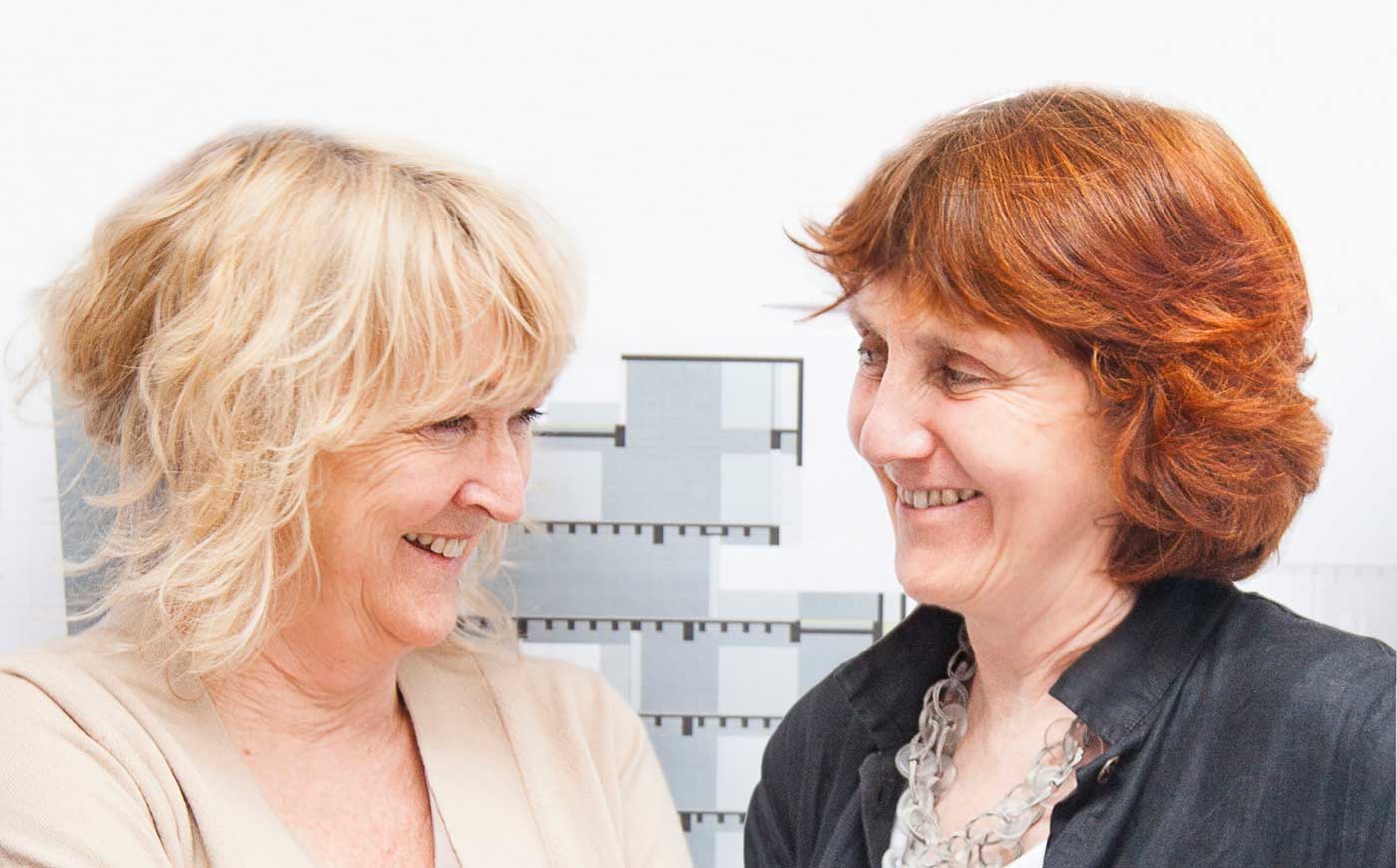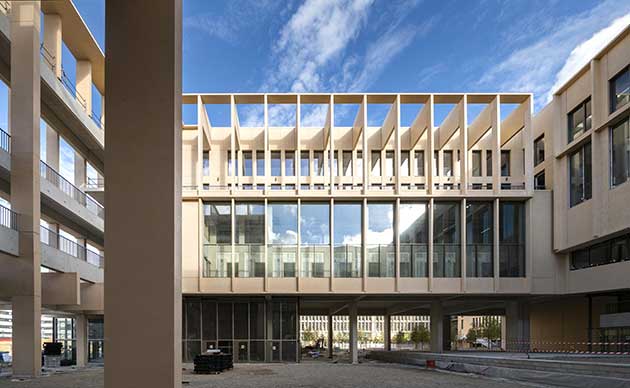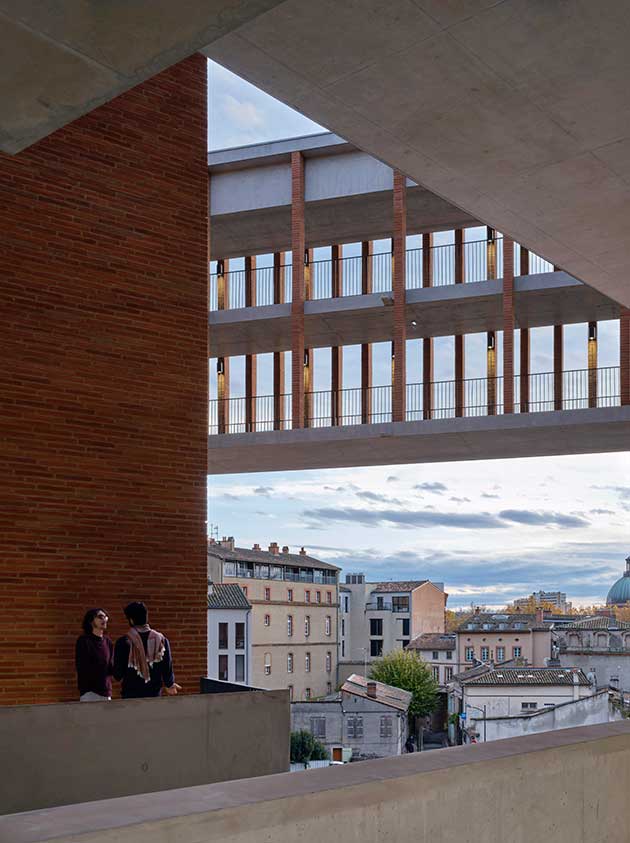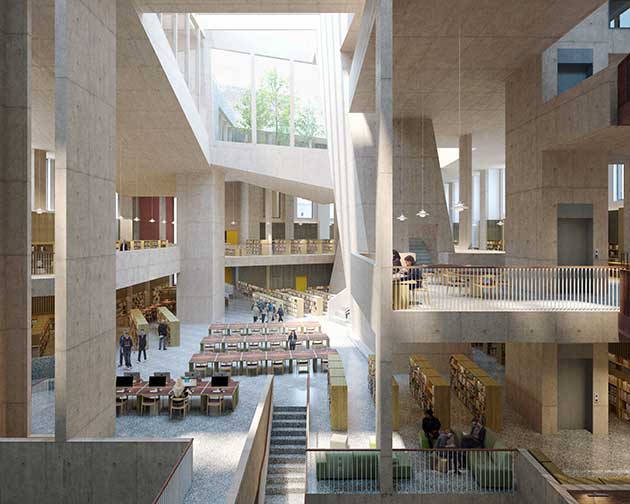Yvonne Farrell (1951) e Shelley McNamara (1952) da ieri sono il 47esimo e il 48esimo architetto vivente premiate con il Premio Pritzker, il riconoscimento più ambito della professione.
Il loro studio, fondato nel 1978, prende il nome dalla famosa Grafton Street di Dublino, dov’era situato. Scelta che segnala un’etica della professione intesa come lavoro collettivo più che come espressione delle singole individualità.
Nelle motivazioni, la giuria parla del loro « atteggiamento responsabile verso l’ambiente e cosmopolita pur nella capacità di comprendere profondamente l’unicità del luogo, adattandosi ad esso» ma cita anche «lo spirito di collaborazione che anima lo studio e la loro generosità verso i colleghi».
Generosità che era anche il tema di Freespace, la Biennale di Architettura di Venezia del 2018 curata dalle due irlandesi, una generosità dell’architettura che regala doni spaziali ai suoi utenti e che riesce a trarre il meglio dai doni che la natura generosamente ci offre: l’aria, la luce del sole, quella della luna e la materia prima che da un’idea trasformiamo in ambienti costruiti.
Architetti sempre consapevoli del dialogo tra interno e esterno che si esprime nel continuo avvicendamento di spazi pubblici e privati, e della ragione dei materiali utilizzati, delle Grafton Architects naturalmente in Italia ricordiamo prima di tutto gli spazi e i materiali del nuovo edificio dell’Università Bocconi di Milano, completato nel 2008, le cui forme ricordano su scala minore quelle del campus universitario UTEC a Lima (2015), mentre lo scorso anno –hanno completato a Tolosa l’edificio Université Toulouse 1 Capitole, School of Economics, dove corti e passaggi in mattoni ricordano il carattere della città storica, ricca di mura, promenade e torri in pietra.
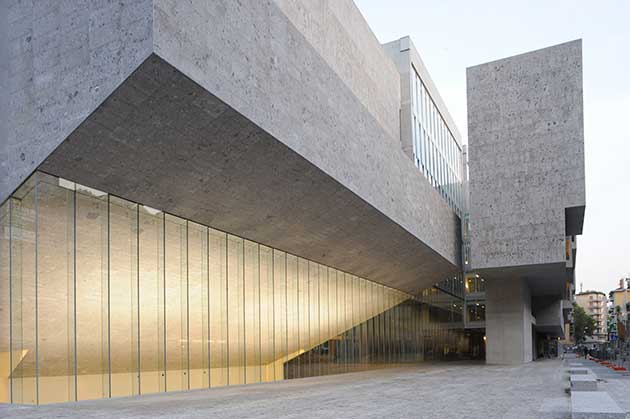 |
| Università Luigi Bocconi, Milano, 2008, photo courtesy of Federico Brunetti
Occupying an entire city block, the architects have created a building which feels more like a campus of pavilions and courtyards with a vertical rather than horizontal configuration. The conference halls, lecture theaters, offices, meeting rooms, library and café are designed to house 1,000 professors and students, creating a feeling of community from within and sitting easily in the city that surrounds them. Throughout the building, the generous and diverse open spaces invite spontaneous encounters and exchanges. The winner of the World Building of the Year 2008 award, the massive stone-clad construction can be thought of as having three distinct parts: the sunken volume, which houses, among other things, the impressive aula magna, the ground floor of flowing spaces and the more functional boxes “floating” above. The aula magna occupies the main frontage and provides a symbolic presence. The use of large openings and multiple vistas means that light filters throughout the building and visitors are drawn into the life of the interior. |
«Essere architetti è un grande privilegio – ha affermato Yvonne Farrell – e vincere questo premio è un meraviglioso riconoscimento alla nostra convinzione che l’architettura sia una delle attività culturali più importanti e complesse a cui dedicarsi».
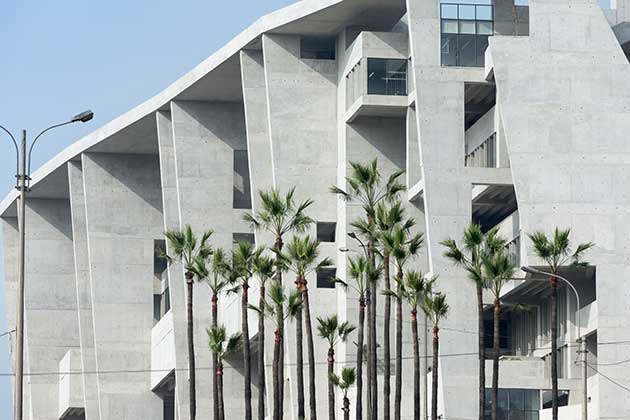 |
| University Campus UTEC Lima, Lima, 2015, photo courtesy of Iwan Baan
Situated on a difficult site with a busy motorway to one side and the low-rise urban edge of the city on the other, the University of Technology and Engineering, UTEC Lima, is a vertical and layered building inspired by the cliffs of its city. “The north side of the building serves as a ´new cliff,´ while the south features cascading gardens and open spaces that seek to integrate with the lower urban scale of this part of the district.” The architects have created a muscular building with raw concrete finishes, some say reminiscent of brutalism. Structure and architectural spaces work together to form a new circulation landscape. The section naturally creates numerous spontaneous and humane gathering spaces throughout the building. Larger scale volumes are located close to the ground, with the teaching, administration and teacher office areas staggered at higher levels. In the upper levels near the roof is the library with panoramic views of the city and the sea. In summary, this is a distinctive vertical campus structure responding to the temperate climatic conditions and referencing Peru’s terrain and heritage. |
|
|
| Institut Mines Télécom, Parigi, 2019, photo courtesy of Grafton Architects
This 46,200 mq building is home to Institut Mines Télécom, Télécom Paristech and Télécom Sud-Paris in Palaiseau and serves a community of scholars, professors and students. The generous placement of open spaces, windows, glass curtain walls and exposed ceilings allow natural light to filter through a passage of rooms, creating impressions of light through large and small spaces and within the interlocking areas that comprise its five courtyards and quadrangle. “The master plan proposes streets, squares and boulevards with the poetic integration of landscape and ecology, as it refers to the legacy of the great tradition of educational institutions with their lawns, quadrangles, cloisters and courtyards.” |
|
|
| Université Toulouse 1 Capitole, School of Economics, Toulose, 2019, photo courtesy of Dennis Gilbert
Located at a turning point of the Canal de Garonne, the site of the new School of Economics is important for the university and the city. The new building, with seven stories above ground and two basements, is, according to the architects, “a composition of the re-interpreted elements of Toulouse: the buttresses, the walls, the ramps, the cool mysterious interiors, the cloisters and the courtyards.” In order to provide places of research and education which are pleasurable to work in, the architects have devised a building strategy to maximize natural air, light and ventilation to each space within the building from offices to seminar rooms to terraces. This allows them to position larger volumes with very little fenestration to act as a “deep wall,” controlling light, shadow and shade. |
|
|
| Parnell Square Cultural Quarter, City Library, Dublino, under construction, rendering courtesy of Grafton Architects
This 8,000mq building, designed to serve the 1.2 million population that makes up the Greater Dublin Area, is expected to receive 3,000 visitors daily, as the existing nearby Dublin Central Library, which opened in 1986, can no longer support the public’s evolved requirements for learning and sustainability. The library will be housed in six restored four-story-over-basement Georgian houses at 23-28 Parnell Square with two other houses at 20 and 21 Parnell Square. Additionally, there will be a large new build behind. The architects have said the library “renews wonderful 18th century houses with their beautifully-proportioned rooms and it creates a memorable 21st century addition, weaving the historic and the contemporary together in an exciting way.” The tiered, multi-level facility features oversized openings, allowing light to flow into all areas. In addition to providing traditional library services, the City Library will house a digital collection and offer a music hub, workspaces, recreational areas, exhibition spaces, conference facilities and cafés to encourage its occupants, spanning all ages, to learn, explore, collaborate and network. |

